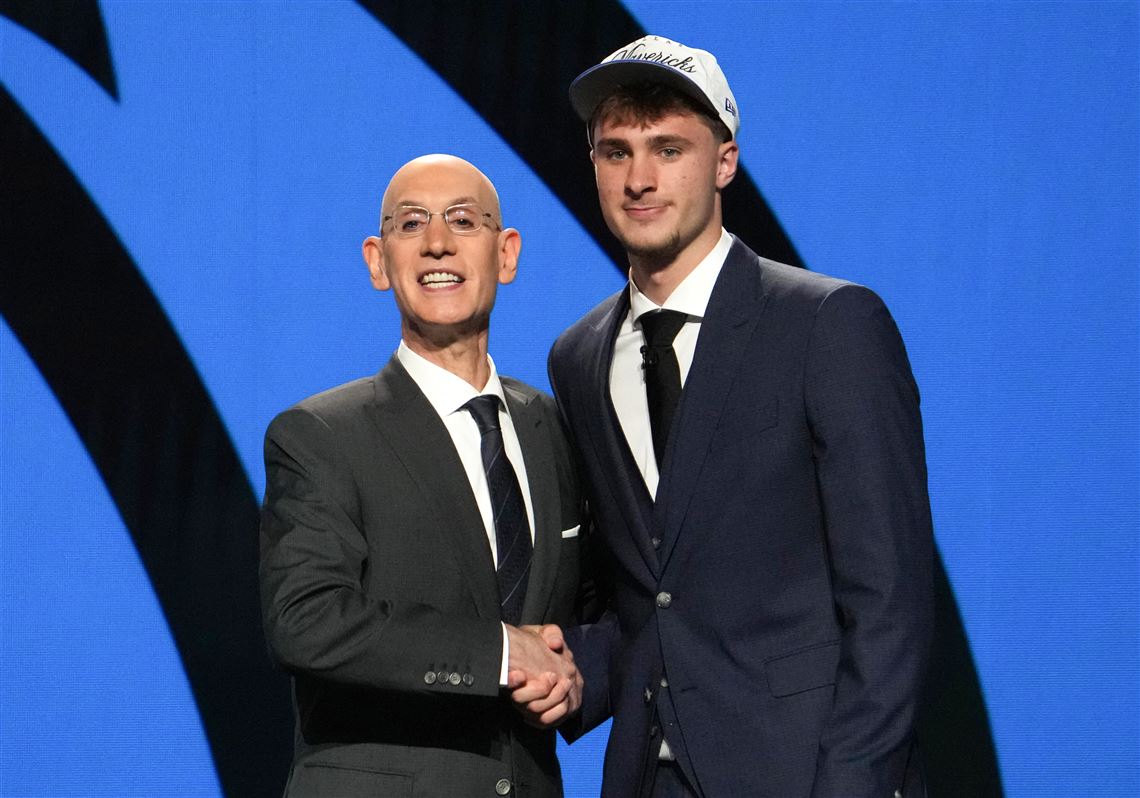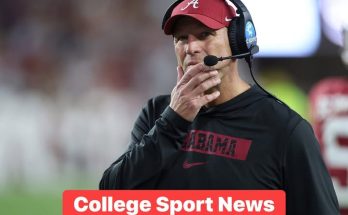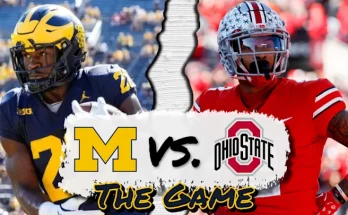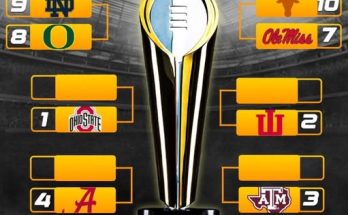The 2025 NBA Draft proved once again that the league is continually evolving, with young talents bringing fresh energy, versatility, and new dimensions to their teams. Among the most intriguing prospects this year was Cooper Flagg, a player whose unique skill set and competitive mindset have generated considerable buzz. His selection by the Dallas Mavericks has raised expectations and questions about how he fits into the team’s long-term vision and immediate rotation. Beyond Flagg, the draft yielded other noteworthy moments and implications for franchises around the league, signaling shifts in strategies and priorities that could shape the NBA’s competitive landscape for years to come.
Cooper Flagg, standing at about 6-foot-8 with a wingspan that stretches nearly seven feet, embodies the modern NBA’s ideal of positional versatility. His ability to guard multiple positions, combined with his playmaking skills and high basketball IQ, makes him an asset capable of impacting the game on both ends of the floor. Flagg’s college performance showcased not just raw athleticism but also a refined approach to defense, anticipation, and passing. He is the kind of player who can seamlessly slide into the Mavericks’ roster and contribute immediately, especially on the defensive end where the team has sought improvement.
The Mavericks, led by Luka Dončić, have long been a team that emphasizes skillful playmaking and spacing. However, one of their ongoing challenges has been consistency in perimeter defense and versatile wing defenders who can switch on screens without getting exploited. Cooper Flagg’s arrival provides a direct answer to that. His defensive versatility means Dallas can deploy more switch-heavy schemes, allowing Luka and other stars to stay fresh on offense while the team maintains a solid defensive front. Flagg’s length and instincts could disrupt opposing offenses, creating turnovers and fast-break opportunities — something the Mavericks have lacked at times in recent seasons.
Offensively, Flagg fits well with the Mavericks’ philosophy of unselfish ball movement and creating open looks. While not yet a prolific scorer, his ability to facilitate from the wing and operate as a secondary playmaker meshes perfectly with Luka’s dominant style. Flagg’s passing skills and court vision allow him to find shooters and cutters, which complements Dallas’ arsenal of sharpshooters. Moreover, his improving shooting stroke, particularly from three-point range, is critical in today’s NBA, where spacing is king. If Flagg continues to develop his shot, he can stretch defenses and open driving lanes for Dončić and others, elevating the entire offense’s efficiency.
Another compelling aspect of Flagg’s game is his competitiveness and maturity on the court. Scouts often highlight his basketball IQ and leadership qualities, which are intangible but invaluable in the locker room and during crunch moments. The Mavericks have a reputation for cultivating a strong team culture centered on resilience and work ethic. Adding a player like Flagg, who displays a relentless competitive spirit, could strengthen that culture further. His experience playing against top-level competition before the draft also indicates he’s ready for the physicality and pace of the NBA, minimizing the typical adjustment period many rookies face.
Beyond Flagg’s fit with the Mavericks, the 2025 NBA Draft offered several other takeaways that underscore the league’s changing dynamics. Teams are prioritizing versatility and multi-skilled players more than ever. The traditional position labels of point guard, shooting guard, small forward, power forward, and center are blurring, replaced by roles defined by skills and adaptability. This trend was evident in the early picks, where most prospects could shoot, defend multiple positions, and handle the ball to varying degrees. It reflects the increasing complexity of modern NBA offenses and defenses, where players must be able to contribute in multiple facets to maximize team success.
The draft also highlighted how important fit and system compatibility have become in player evaluation. While raw talent is still crucial, franchises are emphasizing how well a prospect’s style and personality align with their current roster and coaching philosophy. For instance, teams like the Mavericks seek players who can coexist with a high-usage star like Dončić and thrive in an offense that demands creativity and quick decision-making. Other teams drafted players with specific roles in mind — whether to bolster defense, add shooting, or provide rebounding and toughness. This strategic approach to drafting shows how NBA front offices are evolving, combining analytics, scouting, and psychological assessment to make the most informed choices.
Another notable takeaway from this draft was the increasing willingness of teams to take calculated risks on younger, less-proven talent with high ceilings. The draft pool this year had several high-upside players who might require time to develop but could become franchise cornerstones. This approach underscores a growing trend of balancing immediate needs with long-term planning. Some teams are looking to compete now and pick players who can contribute right away, while others are embracing a rebuild mentality, banking on future stars with the potential to transform their fortunes.
In terms of immediate impact, Cooper Flagg’s landing spot with the Mavericks looks like a win-win. Dallas gains a dynamic two-way player who can shore up defensive weaknesses and provide another dimension to their offense. For Flagg, joining a team with a transcendent talent like Luka Dončić offers an ideal environment for growth and success. The Mavericks have proven capable of developing young players and integrating them effectively, which bodes well for Flagg’s progression. His rookie season will be closely watched, with fans and analysts eager to see how quickly he can adapt and contribute at the highest level.
In addition to Flagg, the draft’s ripple effects will be felt across the league. Teams that missed out on top-tier talent are likely to explore trades and free agency aggressively to complement their draft picks and maintain competitiveness. The influx of versatile, skilled players also raises the bar for veteran players, pushing everyone to elevate their games and adapt to the league’s shifting style. This perpetual cycle of renewal and adaptation keeps the NBA fresh and exciting, as each draft class brings new possibilities and narratives.
Looking ahead, the Mavericks’ investment in Cooper Flagg signals a commitment to building a well-rounded roster around Luka Dončić, aiming for sustained contention rather than short-term fixes. It’s a smart, forward-thinking move that aligns with the franchise’s aspirations and current competitive window. As Flagg develops and the Mavericks continue to refine their roster, the team could become an even more formidable contender in the Western Conference and beyond.
the 2025 NBA Draft showcased the league’s emphasis on versatility, fit, and potential, with Cooper Flagg’s selection by the Dallas Mavericks exemplifying these trends. Flagg’s unique skill set and competitive mindset make him an excellent fit for a Mavericks team seeking to bolster its defense and complement its offensive maestro. Beyond Flagg, the draft reflected broader shifts in NBA philosophy, from positionless basketball to strategic roster building and calculated risk-taking. As the new season approaches, fans can look forward to watching how these young players, led by prospects like Flagg, shape the future of their franchises and the league as a whole. The draft is more than just a selection event; it’s a glimpse into the evolving identity of the NBA and the continual pursuit of excellence by teams and players alike.



